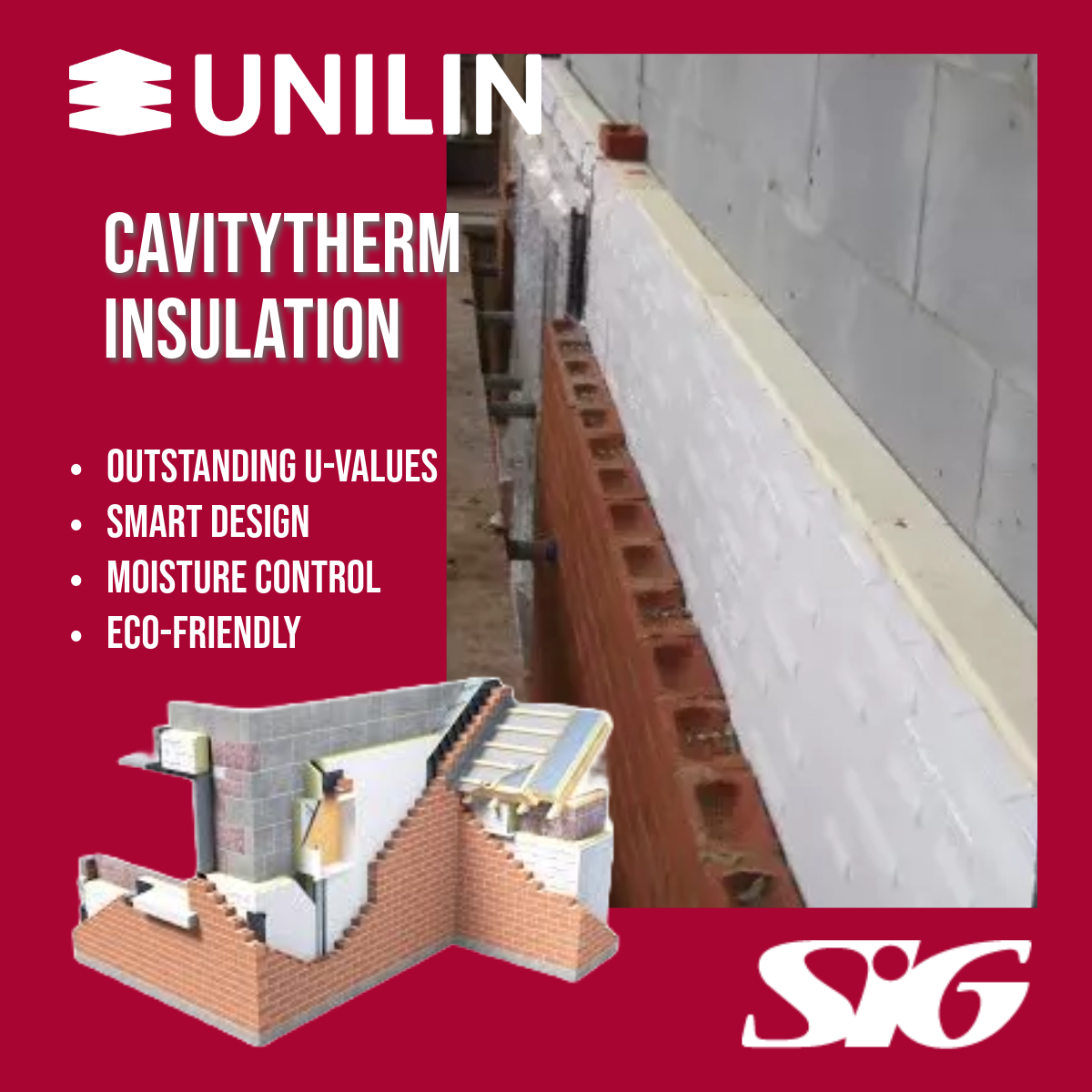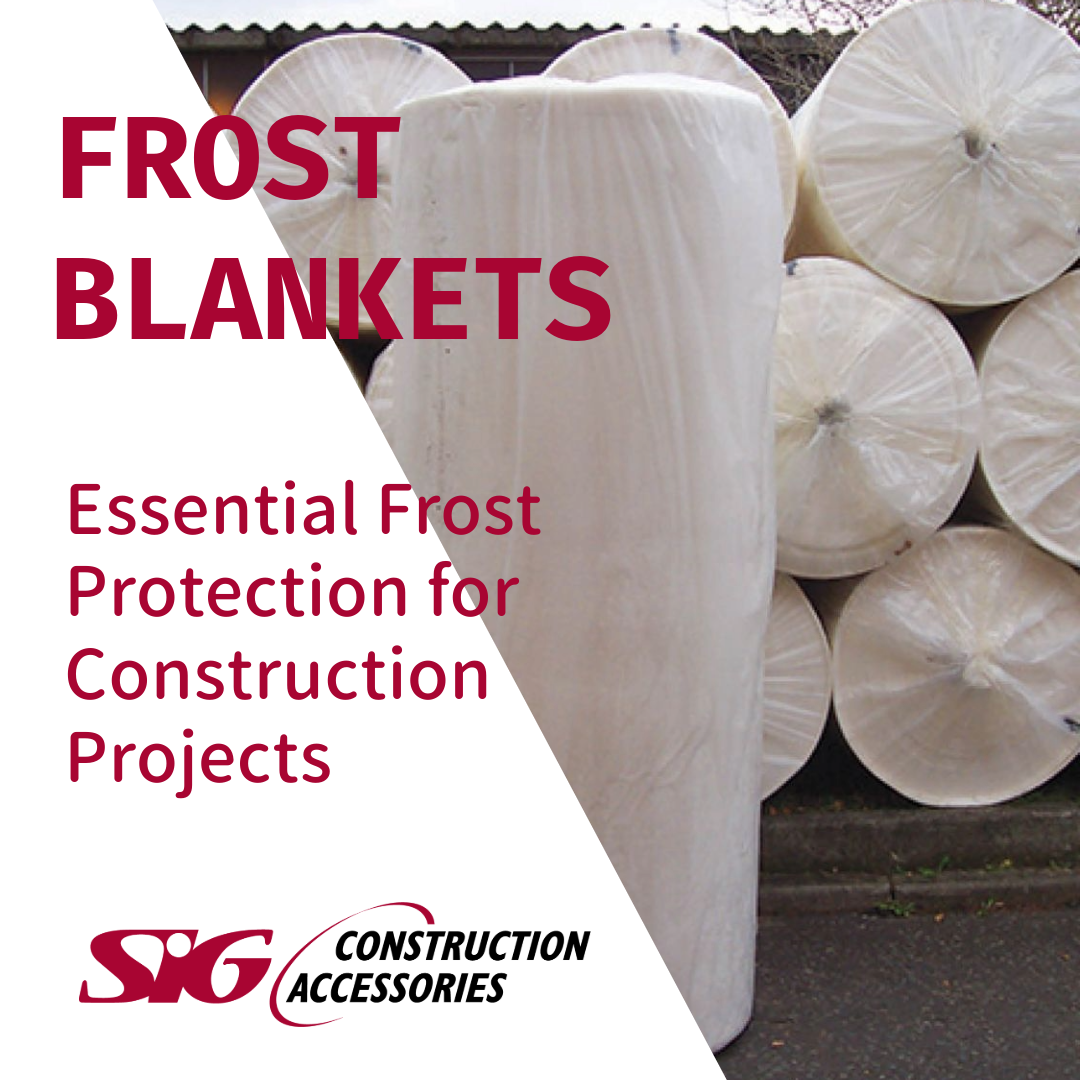At SelfBuild Belfast, SIG’s most popular product was Natural Slate. SIG is the largest provider of roof tiles on the island of Ireland.
 Natural slate is widely used in the building of house roofs. The natural beauty of slate enhances the design and appearance of buildings no other roof materials can match that.
Natural slate is widely used in the building of house roofs. The natural beauty of slate enhances the design and appearance of buildings no other roof materials can match that.
Natural slate roofs are one of the most durable roofing materials available. If you plan to own and build your home to last, slate roofing will provide an excellent return on your investment. In this article, we’ll answer some common questions on natural roof slates and compare the different slate roof tiles available to roofers and self-builders in Ireland so you can make an informed decision on what natural slate roof would be best for your project.
What is a natural slate roof?
A natural slate roof is a roofing system constructed using slabs of natural stone, typically derived from quarries. These slates are often used for roofing because of their durability, longevity, and aesthetic appeal. They provide an attractive and weather-resistant covering for residential and commercial buildings. Natural slate roofs are known for their classic and elegant appearance and are valued for their longevity and low maintenance requirements.
What is the best natural slate for roofing?
The best natural slate for roofing can vary depending on your specific requirements and budget. However, Welsh slate is often considered one of the best choices due to its exceptional quality and durability. It comes in two primary colours: heather (purple) and blue-grey. Other good options include high-grade Spanish slate and high-quality Canadian slate. It’s essential to consider factors like quality, availability, cost, and the specific needs of your project when choosing the best slate for roofing.
How to choose a high-quality slate?
To choose a high-quality slate for roofing, consider the following factors:
- Origin: Slate from regions with a strong geological and mining tradition, such as Spain and Wales, tends to be of higher quality.
- Type: Tectonic slate, like Spanish slate, is generally more reliable in terms of quality.
- Certifications: Look for slates with up-to-date declarations of performance and international certifications that demonstrate their performance in areas like fire resistance, sulphur dioxide exposure, and water absorption.
- Traceability: Select slates that come from suppliers who can provide detailed information about the slate’s origin, type, technical data, and production dates.
- Reputation: Consider the reputation of both the quarry and the company that produces the slate. Well-established producers are often more reliable.
How long does a natural slate roof last?
A well-maintained natural slate roof can last for a century or even longer. Welsh slate, in particular, is known for its longevity and can exceed 100 years with proper care. The lifespan of a slate roof depends on various factors, including the quality of the slate, installation techniques, climate, and maintenance. Routine inspections and repairs can help extend the lifespan of a slate roof.
What are the disadvantages of a slate roof?
- Cost: Slate roofs can be expensive to install due to the high cost of materials and labour.
- Weight: Slate is heavy, so it may require additional structural support for the building.
- Fragility: Slate can be brittle, making it susceptible to breakage if stepped on or subjected to heavy impacts.
- Colour Variability: Some slates may experience colour fading or loss over time, depending on their origin and quality.
- Maintenance: While slate roofs are low-maintenance overall, repairs and replacement of damaged slates can be labour-intensive and costly.
- Availability: High-quality slates, such as Welsh slate, can be limited in availability and may be more challenging to source.
Despite these disadvantages, many homeowners and builders choose natural slate roofs for their durability, aesthetics, and long lifespan.

Sources of Slate in the Irish market:
Spanish Slate
Spain is the largest producer of the world’s roofing slate (the Cupa Slate company alone is said to produce almost one-half of the roofing slate used in the world). Spanish slate is easy to source but be warned – the quality of Spanish slate varies massively.
At one end of the market, Cupa Heavy 3 is comparable in quality and appearance to a blue-grey Welsh slate. At the cheaper end of the market, Spanish slate can be beset with reactive (rusting) metallic inclusions and warping and has a significantly lower life expectancy.
Welsh Slate
Welsh slate is considered by many as the best natural slate in the world. Welsh slate is available in either heather (purple) or blue-grey.
Penrhyn slate has a beautiful soft blue/purple appearance and can be expected to last more than 100 years. In comparison to other natural slate products, it is easy to work with and requires very little maintenance. New Penrhyn slate can be pricey – it is often found cheapest at specialist roofing supplies. You may also wish to consider visiting architectural reclamation companies, as much is available second-hand.
Canadian Slate
Much of the slates available to us from Canada are of a high to very high quality. Due to their quality and colouring, they are often used as a direct replacement for Welsh slate. Until recently, Canadian slate was readily available in blue-grey, heather purple and subtle green. The closure of key quarries has however limited the availability of the blue-grey varieties.
Canadian slate can be sourced cheaper than Welsh slate but more expensive than a similar quality high-grade Spanish slate.

Brazilian Slate
Much of the Brazilian slate is produced from mud rock (where the rock is sedimentary rather than a metamorphic rock that characterises Spanish Slate). To gain the necessary strength desirable in roofing slates, Brazilian slate is cut thickly. Nova Brazilian slates are available in 6mm and 8mm selections.
Whilst offering the user a cheap slate, it is difficult to work with (normally requiring the use of angle grinders to cut)
Chinese Slate
Chinese slate is readily available and can at first appear to offer a budget solution. From a quality perspective, slates of reasonable quality and life expectancy can be found if you look hard enough (but unlikely at a low cost). Chinese slate rarely, if ever, attains the high quality of an average Spanish slate.
Many of the Chinese slates also suffer from colour loss – if you want your slates to retain their colour specify this to your supplier. Due to its brittle nature, the Chinese slate can be slightly harder to work with.
Conclusion
Natural slate roofing is a timeless and exceptional choice for enhancing the beauty and durability of your home. Its classic appearance, longevity, and minimal maintenance requirements make it a top choice for many homeowners and builders.
Ultimately, the choice of natural slate roofing should align with your project’s requirements and your budget. Whichever slate you choose, you’ll enjoy a roof that not only protects your home but also adds enduring beauty and value to your property. For further guidance on selecting the ideal slate for your roofing needs, consult with experienced roofing professionals who can provide personalised advice and recommendations or contact our Technical Solutions Team who can give advice on roofing take-offs and estimations.
SIG has fully stocked branches located around the country in Belfast, Omagh, Dublin, Limerick and Cork with CUPA Pizarres Spanish Slate 600 x 300 and 500 x 250 available for next day delivery throughout the country. Contact us today!



